#main dish
Text
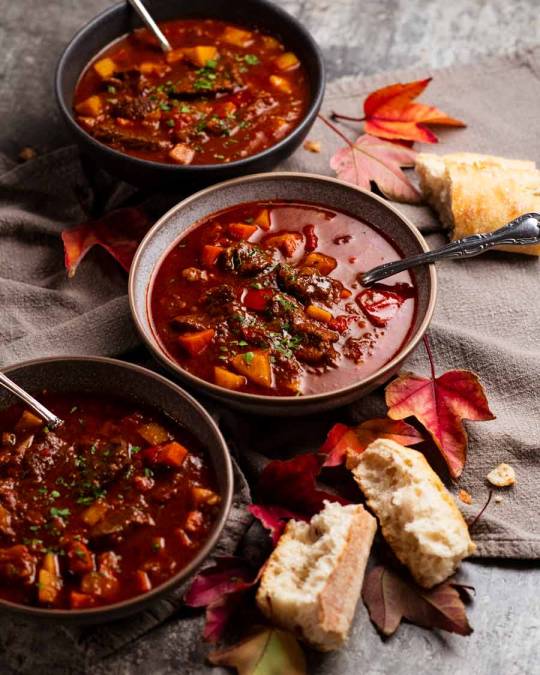
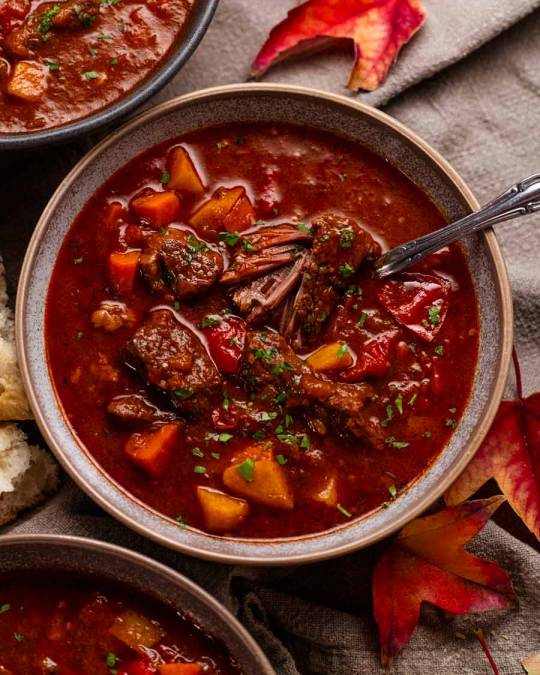

Hungarian goulash (beef stew-soup)
#goulash#beef#beef stew#stew#food#dinner#meal#main dish#hungarian food#hungarian goulash#soup#tomato#potatoes#tasty#foodporn#delicious#cooking#food photography#foodgasm#recipe#bread
2K notes
·
View notes
Text

Cozy Autumn Wild Rice Soup | Gimme Some Oven
Follow To Explore The Foodie In You
203 notes
·
View notes
Text

Chinese Beef Stew with Potatoes (土豆炖牛肉)
The beef is braised in a rich, savory broth with potatoes and carrots until super tender and flavorful.
Recipe: https://omnivorescookbook.com/chinese-beef-stew/
#Chinese beef stew#Chinese#cook ahead#one pot#main dish#winter recipe#Chinese New Year#gluten free#dairy free
97 notes
·
View notes
Text
Lunar Pasties
Ingredients:
4 potatoes, peeled and diced
1 small onion, diced
Butter
½ cup shredded carrots
Red pepper flakes (no direct measurements)
Cracked pepper (no direct measurements)
Garlic powder (no direct measurements)
Pinch of Salt
Premade pie dough
One egg for eggwash
Instructions:
Boil potatoes for 10 minutes or until soft.
Into a pan add the butter to melt before adding the diced onions, carrots, red pepper flakes, cracked pepper and garlic powder. Add boiled potatoes and a pinch of salt. Stir and lightly mash everything together.
Cut pie dough in half and add spoonful of filling to one side of the cut piece. Eggwash the edge of the dough and fold the other side of the cut piece over the filling. You can use a fork or your hands to keep the edges together. Cut holes on top of the dough and cover in eggwash. Bake at 350°F (180°C) for 20 minutes.
Serve warm and garnish with parsley.
Video + recipe belongs to @quincyik on tiktok
37 notes
·
View notes
Photo

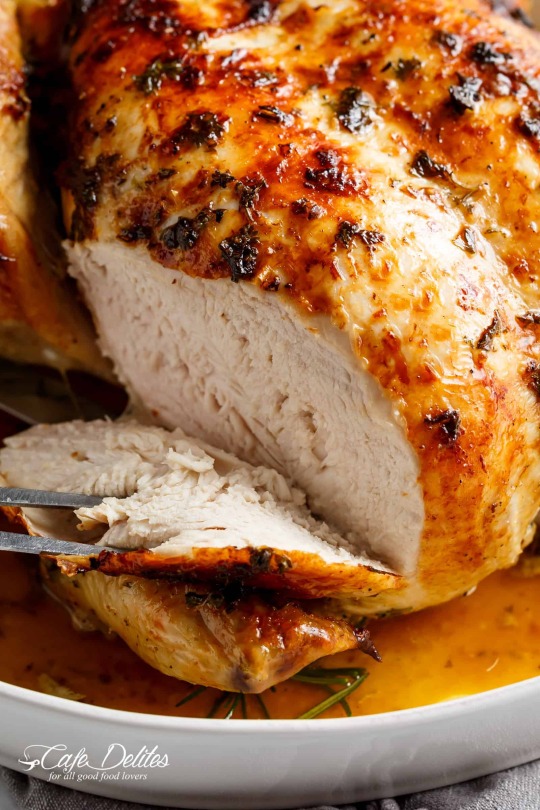
Garlic Herb Butter Roast Chicken - Cafe Delites
18 notes
·
View notes
Text
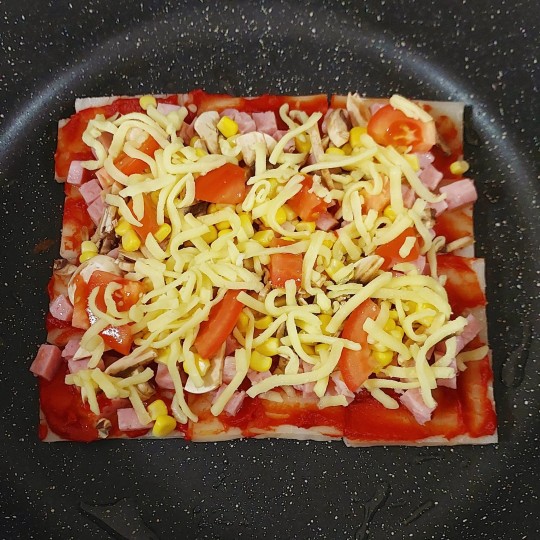

Made on 24/02/24
Mochi pizza
This dish was made on episode 11 of She Loves to Cook and She Loves to Eat.
On the show, the characters used whatever they had in their pantry. With the exception of having to buy kiri mochi, I also used whatever was in my pantry!
Original recipe in Japanese found here. The English version of the recipe can be found here.
Ingredients I'd used from my pantry:
Bacon, diced
Tomato paste
Corn kernels
Tomato, diced
Cheese
Mushrooms, chopped
Taste
It tasted like a normal pizza. Which is to say it tasted good, hehe. Unfortunately, I had forgotten to add the water in the pan for it to steam/fry... So I was actually pan-frying the mochi for 10 mins before I'd remembered the water! So the base of the mochi was crispy and hard to chew through, rather than chewy and gooey, as its meant to be.
Notes
I'd never cooked kiri mochi before so this was a fun experience!
Next time
I'll be sure to add water in earlier! And more cheese! And greens! I have a slab of firm tofu so I might make pizza with a tofu base later (recipe here).
Make again?
Maybe. I'm more interested in making the dessert version that Kasuga and Nomoto made with cream cheese and honey!
10 notes
·
View notes
Text
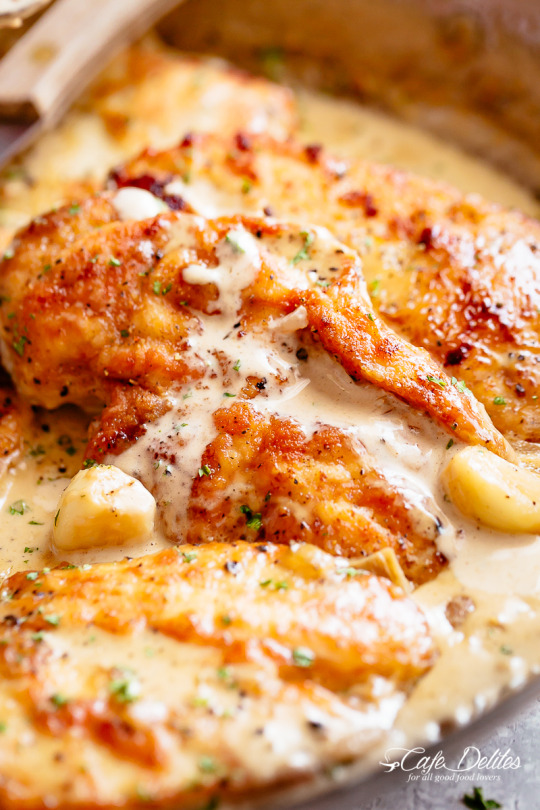
Creamy Garlic Chicken Breast
Prep Time 15 mins Cook Time 20 mins Total Time 35 mins Servings: 4 people
Ingredients
For The Chicken:
2-3 large boneless and skinless chicken breasts halved horizontally to make 4
4 tablespoons flour (all purpose or plain)
4 tablespoons finely grated fresh Parmesan cheese
2 teaspoon salt
1 teaspoon garlic powder
1/2 teaspoon Black cracked pepper
For The Sauce:
5 tablespoons olive oil
2 tablespoons butter
1 small onion finely chopped
1 whole head of garlic peeled and divided into 10-12 cloves
1 1/4 cup chicken broth (stock)
1 cup half and half or heavy cream (or evaporated milk)
1/2 cup finely grated fresh Parmesan cheese
2 tablespoons fresh parsley, to serve
Instructions
Season the chicken with salt, garlic powder and pepper.
In a shallow bowl, combine the flour, parmesan cheese. Dredge chicken in the flour mixture; shake off excess.
Heat 2 tablespoons of oil and 1 tablespoon butter in a large skillet over medium-high heat until pan is nearly smoking. Swirl pan to coat evenly.
Fry 2-3 chicken breasts until golden on each side, cooked through and no longer pink (about 4-5 minutes each side, depending on the thickness of your chicken). Transfer to a warm plate. Set aside.
Wipe pan over with a sheet of paper towel. Repeat with remaining oil, butter and chicken breasts. When cooked, transfer the chicken onto the same plate.
Reduce heat to medium. Sauté the onion in the remaining oil/juices in the pan until softened.
Smash 6 whole cloves of garlic with the blunt edge of the back of a knife
Add the remaining oil to the pan and heat through, mixing it through the onions. Sauté smashed garlic cloves and whole garlic cloves until fragrant, about 2-3 minutes. Add the broth to deglaze the pan. Scrape up any browned bits and let simmer and reduce to half, about 5 minutes.
Reduce heat to medium-low. Pour in the cream. Bring the sauce to a gentle simmer and season with salt and pepper to your taste.
Mix in the parmesan cheese. Continue cooking gently for about 2 minutes until cheese melts. Add the chicken back into the pan. Let simmer for a further minute to thicken the sauce to your liking and soak up all of the flavours.
Garnish with parsley and a little black cracked pepper.
Serve over pasta, cauliflower mash, zucchini noodles, rice or mashed potatoes.
8 notes
·
View notes
Text
Add this one to the category of "SO much work, yet SO delicious."
8 notes
·
View notes
Text

AFANG - Tripe Stew from West Africa
Without any iota of doubt, soups are a big part of the African cuisine, in fact, it is wise to say that African soups are the main attraction of cuisine in the continent.
African soups can be made with a combination of vegetables and ingredients that are native to the countries where they are most eaten.
Very many African soups are usually eaten with other food staples such as rice, fufu, banku, sadza, garri, pounded yam, and so on.
Below are some of our favorite soups from different African countries.
1. Okra soup
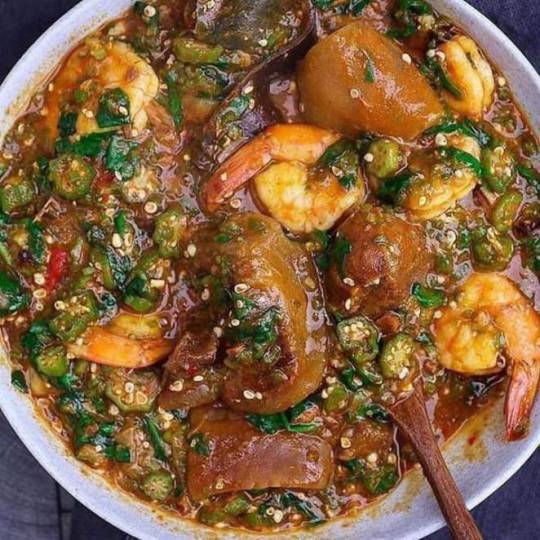
Okra soup is a popular west African dish with okra as its main ingredient. Although this deliciously slimy dish can be cooked with the local palm oil, it is also a good choice for people who are wary of adding oil to their soups.
2. Abenkwan
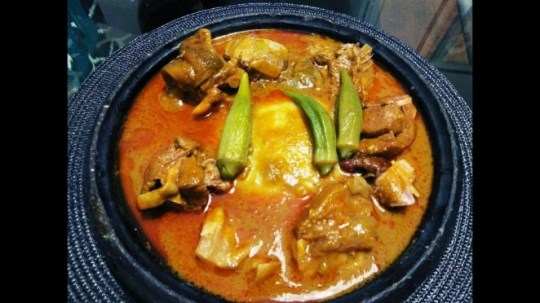
Abenkwan is a Ghanaian soup made from the nuts of the palm tree. The pulp is extracted from the palm fruits and cooked in combination with spices and preferred meat of choice.
Abenkwan has an earthy flavor thanks to the addition of the palm fruit pulp (which is different from the palm oil). Serve warm with rice balls or Kokonte and you will be satisfied to the moons and back.
3. Muriwo na Nyama
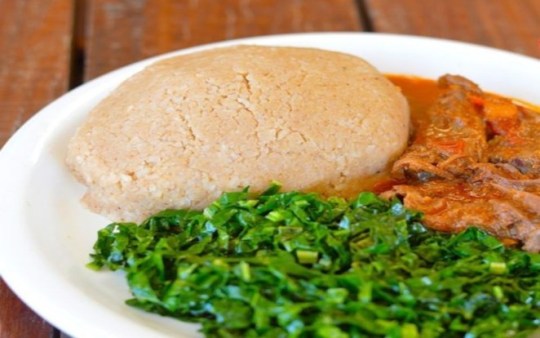
Muriwo na nyama is also known as leafy-beefy or high fields stew. It is native to Zimbabwe, highly nutritious and cn be eaten with sadza.
4. Pepper soup

Pepper soup is a spicy African soup that will make your taste buds tingle with excitement. The soup is gotten from the stock of the meat or fish used. It is also spiced with local ingredients, giving it a tantalizing aroma and taste that will make you hungry even if you just had dinner.
For the best experience, have your pepper soup hot–not scalding hot of course– and thank us later.
5. Agushie/Egusi soup

Agushie (Ghana)/Egusi(Nigeria) is a delicious soup cooked with shelled melon seeds. The method of preparation might differ across the different regions in which this soup is eaten but it ultimately includes the addition of leafy greens, seasoning and palm oil. In Nigeria, its best served with freshly pounded yam.
6. Domoda

Domoda is the Gambia’s national dish, second only to Yassa. It is a yummy soup cooked with unsweetened peanut butter. It might also contain sweet potatoes. Domoda is better enjoyed with rice.
7. Afang
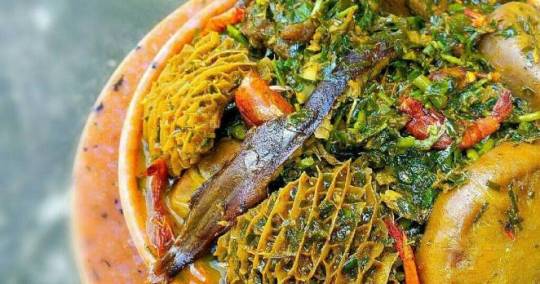
Afang is a delightful and satisfying soup from southern Nigeria. It is similar to the eru soup in Cameroon. They both make use of the afang/okazi leaves. However, the afang leaves are pounded and used in addition to water leaf. Afang soup is rich in deliciousness and best served hot with fufu and lots of meat.
8. Ndole
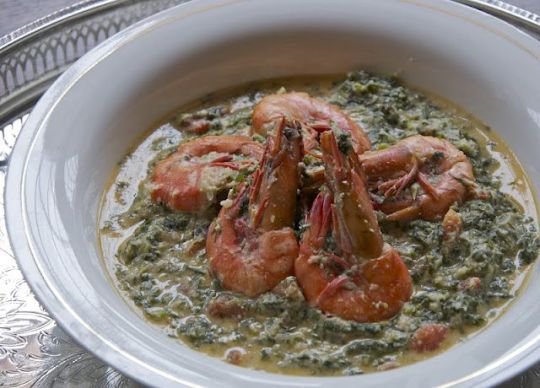
Ndole is another leafy vegetable soup with its home in Cameroon. It is often considered the national dish of the central African country. It’s a creamy and nutritious soup cooked with pureed peanuts and bitter leaf.
9. Afia efere/Ofe nsala

In the Nigerian local languages of Annang and Igbo, afia efere and ofe nsala respectively mean ‘white soup’ in English. Technically, this mouth-watering spicy soup should be called ‘brown soup’ but where’s the fun in that? It is apparently called ‘white’ for the lack of palm oil use.
10. Ewedu Soup
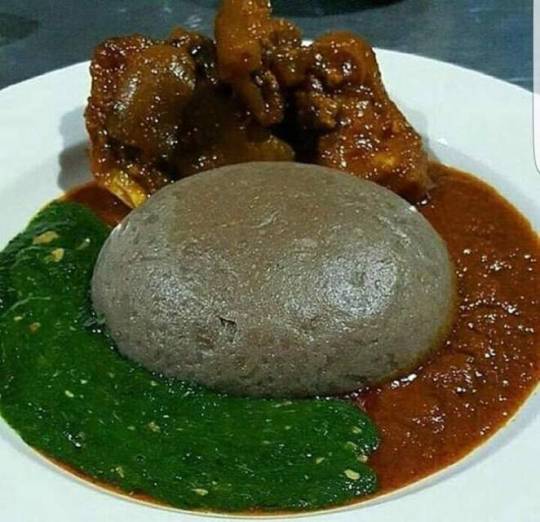
Ewedu is a Nigerian soup which is popular among the Yorubas. It’s a leafy vegetable soup but unlike other African soups, the greens (jute leaves) are pureed and cooked with nothing more than salt, locust beans and often potash.
It is usually served in addition to peppered stews (as pictured above) or gbegiri (beans soup). Yorubas love to eat this with amala, a starchy swallow made from yam peels and sometimes plantains.
#west african food#cooking#african food#stews#soups#main dish#african#Top 10 Delicious African Soups That Will Make You Salivate And Where They Are Best Made
34 notes
·
View notes
Photo

Half-Baked Harvest: Chili Crisp Butternut Squash Dumplings in Ginger Soy Broth
I made this today and unfortunately was a little let down by it! And it was a time-intensive ordeal, for sure. I made two modifications, which I don’t think much influenced the turn-out and, in fact, probably made it better...: I used sweet potato instead of butternut squash for the filling and substituted sake and rice wine vinegar for the white wine.
If I made it again, I would:
Leave out the curry powder (not sure what that’s doing in there! It doesn’t match the flavor of the broth very well, imo) and maybe use a different filling entirely (mushrooms might work well)
Make my own chili crisp since the one I bought was super salty, albeit tasty, OR cut salt elsewhere in the recipe
I made the unfortunate mistake of using regular chicken broth instead of low sodium broth, so even though I diluted it ~25% with water, it was very salty in combination with the soy sauce and chili crisp. Note that the recipe also called for salted butter and regular soy sauce (I used unsalted and low sodium, respectively), so I can’t imagine it being all that different if I’d followed the recipe.
I would try using thinner dumpling wrappers, which would cook faster than the ones I used. Mine took about 5 mins to steam, which ended up softening the nice sesame crust on the bottoms. I was also afraid of burning the sesame seeds, so I didn’t fry the dumplings for very long before steaming. I might recommend leaving the sesame seeds off and sprinkling on some as a garnish (since they fall off when frying, anyway).
That’s my long-ass take on how I would make this recipe better! I’m trying to continue keeping track of what I cook and what changes I would make in order to keep this blog useful and organized. One of my goals this year is to meal plan and cook ahead more often, and I’ve done well with it so far this week (Lemon, it’s Tuesday! Yeah, I know).
Lastly, not to be too salty (BAD pun, sorry) this early in the new year, but I’ve yet to find a Half-Baked Harvest recipe that doesn’t require heavy modification. I don’t know why they’re all so popular and well-rated! Teighan seems great, but we must have different tastes or methods of cooking.... This is at least the third one I can think of off the top of my head that I’ve tried and disliked.
#japanese#vegan#vegetarian#dumplings#sweet potato#butternut squash#ginger#soup#asian#main dish#food#recipe#obvs only veg with modifications (mentioned in recipe)#made this!
31 notes
·
View notes
Text
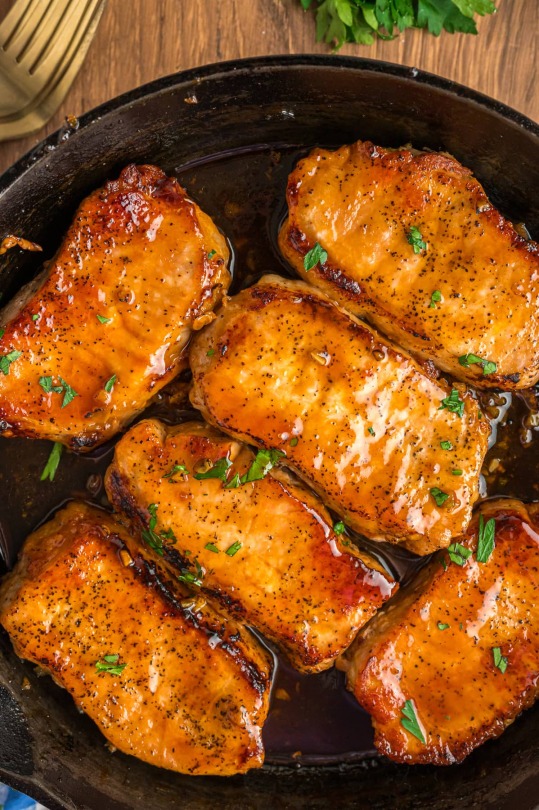

Honey garlic pork chops
#pork chops#meat#garlic#dinner#food#honey garlic#honey#pork#main dish#meal#easy recipes#pork recipe#yum#tasty#foodporn#delicious#cooking#food photography#foodgasm#recipe
650 notes
·
View notes
Photo

Steak Fajita Nachos | Completely Delicious
Follow To Explore The Foodie In You
341 notes
·
View notes
Text

Walnut Shrimp
This walnut shrimp features crispy shrimp and candied walnuts tossed in a creamy and sweet sauce.
Recipe: https://omnivorescookbook.com/walnut-shrimp/
33 notes
·
View notes
Text

Sunday Morning Rolled Omelette
36 notes
·
View notes
Text

Chile Crisp Sesame Noodles Are the Easy Weeknight Dinner We Need
These noodles are easy to make and customize, and ready in less than half an hour.
By Paige Grandjean
We love noodles that are faster — and tastier — than takeout, and happen to be delicious when warm, room temperature, or eaten straight out of the refrigerator. Feel free to customize your noodles by adding sliced cucumber, blanched and shelled edamame, steamed broccoli florets, shredded rotisserie chicken, steamed and peeled shrimp, soft boiled eggs, or fried cubed tofu.
What are lo mein noodles?
Lo mein noodles are wheat noodles made with egg, and have a slightly chewy texture. They are sold both fresh and precooked. Use fresh but not cooked noodles in this recipe. You can substitute spaghetti or fettuccine noodles for a similar flavor, but they won’t have the same texture.
What is the difference between Chinese sesame paste and tahini?
The two are not the same. Chinese sesame paste, or zhi ma jiang, is made by grinding deeply toasted sesame seeds into a paste, giving it a darker color and richer flavor. Tahini is made with ground untoasted or lightly toasted sesame seeds, and is lighter in color with a less pronounced flavor. You can use either in this recipe.
Notes from the Food & Wine Test Kitchen
If you can, select fatter carrots to use in this dish — they are easier to cut into planks. If you are using tahini instead of zhi ma jiang (Chinese toasted sesame paste), add a splash of toasted sesame oil to the dish to amplify the sesame flavor.
Make ahead
This is a great dish to make ahead. Store the noodles in an airtight container for up to five days, and if they clump together after chilling overnight, you can toss them with one to two teaspoons of toasted sesame oil or water to help loosen things up.
Ingredients
3 medium carrots
1/4 cup neutral cooking oil (such as grapeseed oil or peanut oil)
1/4 cup zhi ma jiang (Chinese toasted sesame paste) or tahini
1/4 cup soy sauce
3 tablespoons Chinese black vinegar or balsamic vinegar
1 tablespoon toasted sesame oil
1 tablespoon grated fresh ginger (from a 2-inch piece)
2 teaspoons grated garlic (from 4 medium garlic cloves)
2 teaspoons honey
5 tablespoons spicy chile crisp, divided
1 to 2 tablespoons water, if needed
1 pound fresh lo mein noodles or uncooked spaghetti or fettuccine
3 cups packed fresh baby spinach (about 3 1/2 ounces)
3 medium scallions, thinly sliced on an angle (about 1/2 cup)
Toasted sesame seeds
Directions
Working with 1 carrot at a time, cut carrots crosswise into 2- to 3-inch pieces. Cut off a thin slice lengthwise from each carrot piece to create a flat edge. Lay the carrot flat on a cutting board. Cut lengthwise into thin (about 1/8-inch-thick) planks. Stack a few of the planks together, and slice them lengthwise into thin (about 1/8-inch-thick) strips.
Step 2
Whisk together the cooking oil, sesame paste, soy sauce, vinegar, sesame oil, ginger, garlic, honey, and 3 tablespoons of the spicy chile crisp in a large bowl. The sauce should be thin and pourable; whisk in water, 1 tablespoon at a time, if needed to thin. Set aside.
Step3
Cook the noodles according to package directions, adding carrots and spinach during the final 30 seconds of cooking time. Drain well, and add to sauce in the bowl; toss to coat. (Dressed noodles can be served warm, chilled, or at room temperature.)
Step 4
To serve, drizzle noodle mixture with remaining 2 tablespoons chile crisp. Sprinkle with scallions, and garnish with sesame seeds.
*[Food and Wine]
6 notes
·
View notes
Text

Quick Moroccan Shrimp Skillet
Total Time Prep/Total Time: 25 min. Makes 4 servings
Ingredients
1 tablespoon canola oil
1 small onion, chopped
1/4 cup pine nuts
1 pound uncooked shrimp (16-20 per pound), peeled and deveined
1 cup uncooked pearl (Israeli) couscous
2 tablespoons lemon juice
3 teaspoons Moroccan seasoning (ras el hanout)
1 teaspoon garlic salt
2 cups hot water
Minced fresh parsley, optional
Directions
In a large skillet, heat oil over medium-high heat; saute onion and pine nuts until onion is tender, 2-3 minutes. Stir in all remaining ingredients except parsley; bring just to a boil. Reduce heat; simmer, covered, until shrimp turn pink, 4-6 minutes.
Remove from heat; let stand 5 minutes. If desired, top with parsley.
Note: This recipe was tested with McCormick Gourmet Moroccan Seasoning (ras el hanout).
Kitchen Tips
Letting the mixture stand before serving helps the pasta absorb more liquid. It's still a saucy dish, so serve it in a shallow bowl.
Slivered almonds can be substituted for pine nuts.
The flavor of this dish is close to a curry, but with more cinnamon.
For easier eating, remove the shrimp tails before cooking.
12 notes
·
View notes